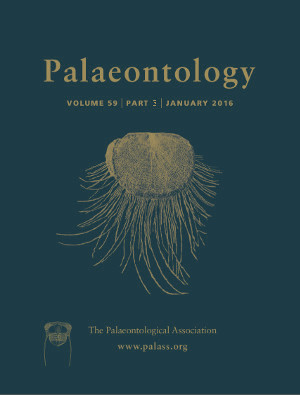Reg. Charity No. 1168330

Fossilized embryos afford direct insight into the pattern of development in extinct organisms, providing unique tests of hypotheses of developmental evolution based in comparative embryology. However, these fossils can only be effective in this role if their embryology and phylogenetic affinities are well constrained. We elucidate and interpret the development of Olivooides from embryonic and adult stages and use these data to discriminate among competing interpretations of their anatomy and affinity. The embryology of Olivooides is principally characterized by the development of an ornamented periderm that initially forms externally and is subsequently formed internally, released at the aperture, facilitating the direct development of the embryo into an adult theca. Internal anatomy is known only from embryonic stages, revealing two internal tissue layers, the innermost of which is developed into three transversally arranged walls that partly divide the lumen into an abapertural region, interpreted as the gut of a polyp, and an adapertural region that includes structures that resemble the peridermal teeth of coronate scyphozoans. The anatomy and pattern of development exhibited by Olivooides appears common to the other known genus of olivooid, Quadrapyrgites, which differs in its tetraradial, as opposed to pentaradial symmetry. We reject previous interpretations of the olivooids as cycloneuralians, principally on the grounds that they lack a through gut and introvert, in embryo and adult. Instead we consider the affinities of the olivooids among medusozoan cnidarians; our phylogenetic analysis supports their classification as total‐group Coronata, within crown‐Scyphozoa. Olivooides and Quadrapyrgites evidence a broader range of life history strategies and bodyplan symmetry than is otherwise commonly represented in extant Scyphozoa specifically, and Cnidaria more generally.